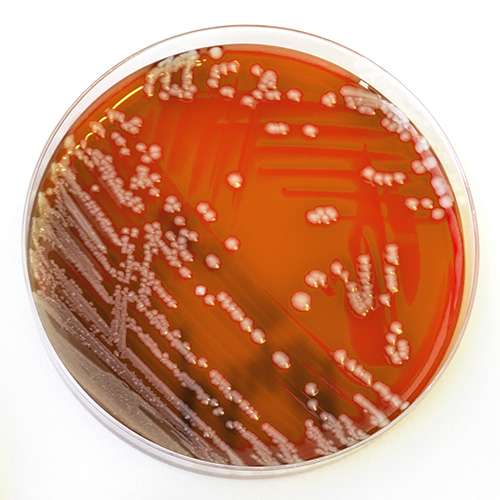
Blog
American Society for Testing and Materials (ASTM) F838-20 Test
What is the ASTM F838-20 Test?
2021년 5월 13일
수인성 병원체와 함께 사용할 필터를 고려할 때 기술의 차이를 이해하고 적합한 필터를 선택하는 것이 어려울 수 있습니다. 제조업체 또는 기술에 따라 성능이 크게 달라질 수 있습니다. 당사의 이전 블로그 What is the Technology Inside a Point-of-Use Water Filter?를 방문해서 다양한 POU(Point-of-Use) 정수 기술에 대해 자세히 알아보세요.
The American Society for Testing and Materials International (ASTM) has published a standard to judge the performance of a filter at 0.2 microns: the ASTM F838 (latest version ASTM F838-20). However, to assess the results, it is first important to know a bit about how the test works.
What Does the ASTM F838 - 20 Test Show?
The American Society for Testing and Materials International (ASTM) has published a standard to judge the performance of a filter to retain bacteria: the ASTM F838 (latest version ASTM F838-20) (https://www.astm.org/Standards/F838.htm). However, to assess the results, it is first important to know a bit about how the test works.
The number of organisms not retained by the filter are then enumerated and the level of bacterial removal (log/titer reduction) of bacteria by the filter can be quantified. This is known as a microbial filter, which leads to just a reduction of bacterial concentration downstream of the filter, or biodurden reduction. In the case that there are zero bacteria enumerated downstream of the filter, meaning that all bacteria have been retained by the specific filtration membrane area (absolute retention), this is known as a sterilizing-grade filter.2
Interpreting Results: Sterilizing Grade vs. Log Reduction of Bacteria
It is important to recognize that the ASTM F838 - 20 test is mostly relevant to 0.2 micron filters. If a filter claims to have a smaller pore size, for example 0.1 micron, then the filter should be validated with a different organism, often mycoplasma such as Acholeplasma laidlawii in this example.3 It is also not correct to assume that a 0.1 micron filter will retain all 0.2 micron particles or microorganisms. Results depend heavily on the type and quality of the filter technology.
Therefore, when choosing a Point-of-Use Water Filter, a copy of the results from the ASTM F838 - 20 test should be included in the product documentation and reviewed by the user. Some questions to ask and verify are: Is this filter sterilizing-grade? If not, what is the log reduction of the challenge organism? Has the filter been challenged with the correct concentration of Brevundimonas diminuta? What is the membrane surface used within the filter?
The choice between a sterilizing-grade for absolute retention and microbial filter for bioburden reduction may arise. Some may think that a microbial filter and sterilizing-grade filter are not so different. However, even a small number of bacteria can cause an infection. For example, if a filter with a 7 log (99.99999%) reduction claim were to be challenged with >1010 (100,000,000,000) bacteria over its installation life, the expectation would be that >1,000 bacteria would be discharged to the environment or user. In many healthcare applications, this may still leave too much risk so consider how and where this filter will be used. In areas and countries, where legislation requires zero pathogens downstream of the filter in 100 ml or 1000 ml of water sample, sterilizing grade filtration should be considered in order to enable compliance with the respective guidelines.
References
- ASTM F838-20, Standard Test Method for Determining Bacterial Retention of Membrane Filters Utilized for Liquid Filtration, ASTM International, West Conshohocken, PA, 2020, www.astm.org
- Food & Drug Administration (FDA), Guidance for Industry: Sterile Drug Products Produced by Aseptic Processing – Current Good Manufacturing Practice. 2004
- Folmsbee et. al (2014). The Development of a Microbial Challenge Test with Acholeplasma laidlawii To Rate Mycoplasma-Retentive Filters by Filter Manufacturers. PDA journal of pharmaceutical science and technology / PDA. Volume 68. 10.5731/pdajpst.2014.00976.
감사합니다
Thank you for your interest. We will be in touch soon.

Marissa Khoukaz - Business Development Manager— Hospital Water
- Medical Industries
- Author
- Sort By













